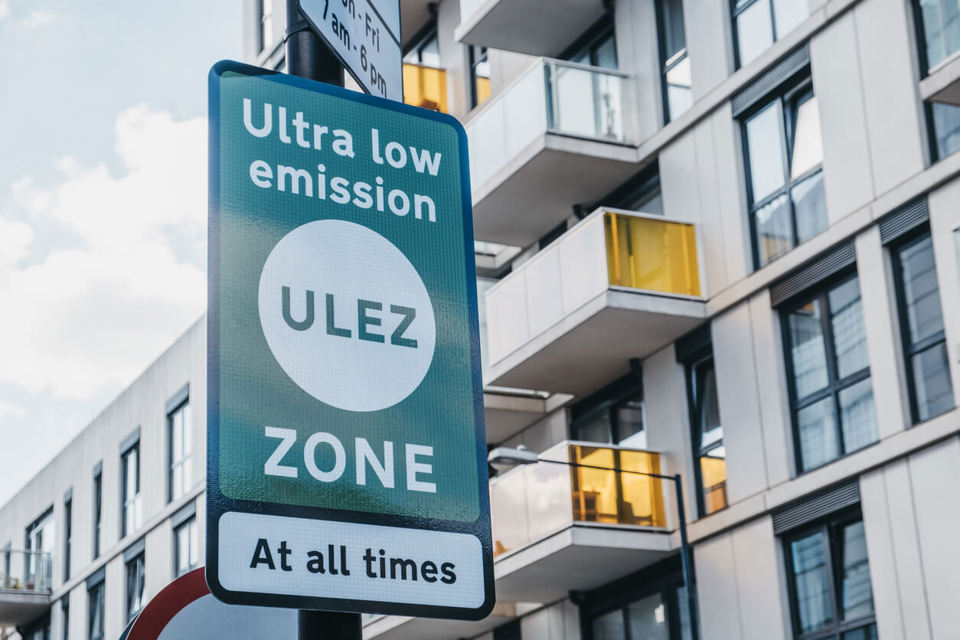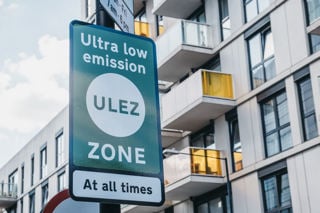London’s ultra-low emission zone (ULEZ) reduces CO2 emissions by 5%, PM emissions by 40% and NOx emissions by almost 54% in the capital, new analysis suggests.
TomTom has released the 11th edition of its annual TomTom Traffic Index, a report detailing London traffic trends throughout 2021.
For the first time, TomTom used traffic data and a methodology devised by academics from Graz University of Technology, to measure the environmental cost of London’s congestion.
In 2021 alone, 14.8 megatonnes (Mt) of CO2 was emitted due to the capital’s road traffic, of which 15% (2.2Mt) was a direct result of congestion.
Diesel vehicles, such as cars, trucks and buses, currently account for the majority (60%) of London’s fleet traffic, contributing 10.6Mt of CO2 to the atmosphere each year, which is 72% of London’s total traffic emissions.
Additionally, carbon-intensive gasoline vehicles, which make up 36% of London’s fleet traffic, emit 4.1Mt of CO2 into the atmosphere per year.
London’s average CO2 emissions during a free-flow traffic day were 29,100t, while a congested traffic day caused this figure to skyrocket to 48,300t.
The reduction in harmful emissions from the ULEZ were calculated by comparing the total CO2, PM and NOx emissions from the current vehicle mix within the zone, with the total CO2, PM and NOx emissions from the same vehicle mix and kilometres driven outside of the ULEZ.
Gunnar Berghäuser, emissions lead at TomTom, said: “Our data shows that the environmental cost of London’s congestion is worryingly high.
“To put this into perspective, the UK would need to grow a forest almost the size of Northern Ireland in one year, to capture London’s 2021 traffic-related emissions from the atmosphere.
“Fortunately, however, 2021 also saw the acceleration of public programmes that are transforming the way we drive, including London's recently introduced ultra-low emission zone, which may be extended further to charge Londoners for every car trip they make by 2024.”
Accelerating the switch to EV mobility in the capital will be essential for the UK to achieve its goal of net zero emissions by 2050, says TomTom.
Based on its emission model, TomTom says it can accurately estimate the environmental impact of London’s traffic, if the city were to change the ratio of EVs within its total fleet composition.
Encouragingly, increasing the EV ratio by just 1% within London’s traffic mix would write off 155,000t of CO2 emissions – equivalent to a forest the size of Manchester (125km) to remove this amount of CO2 from the atmosphere.






















Login to comment
Comments
No comments have been made yet.